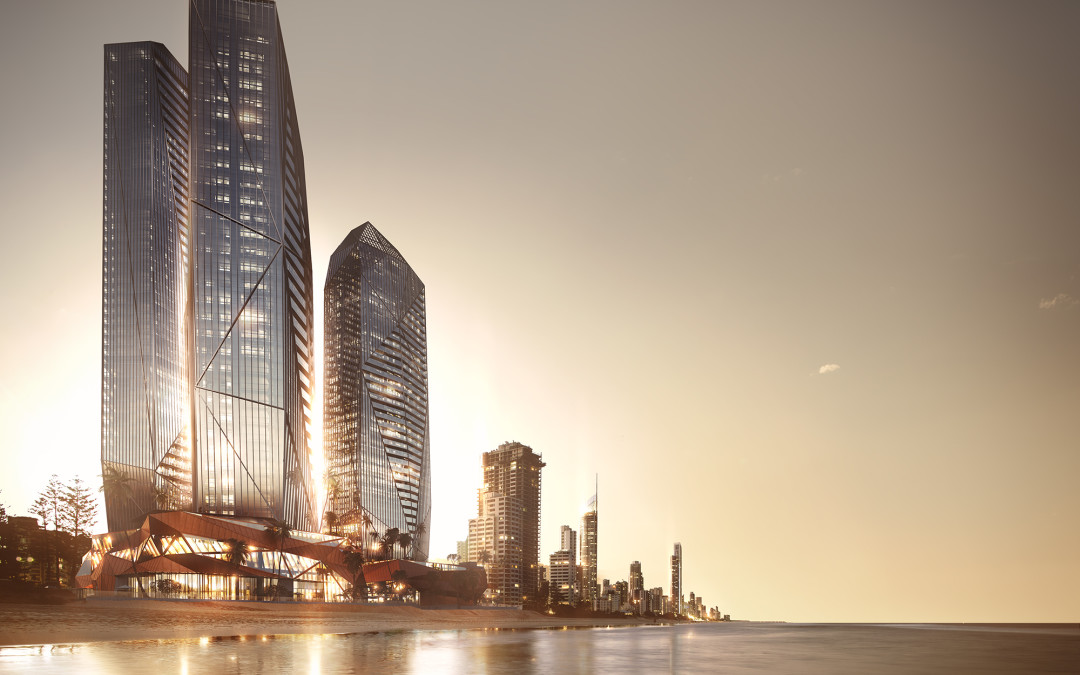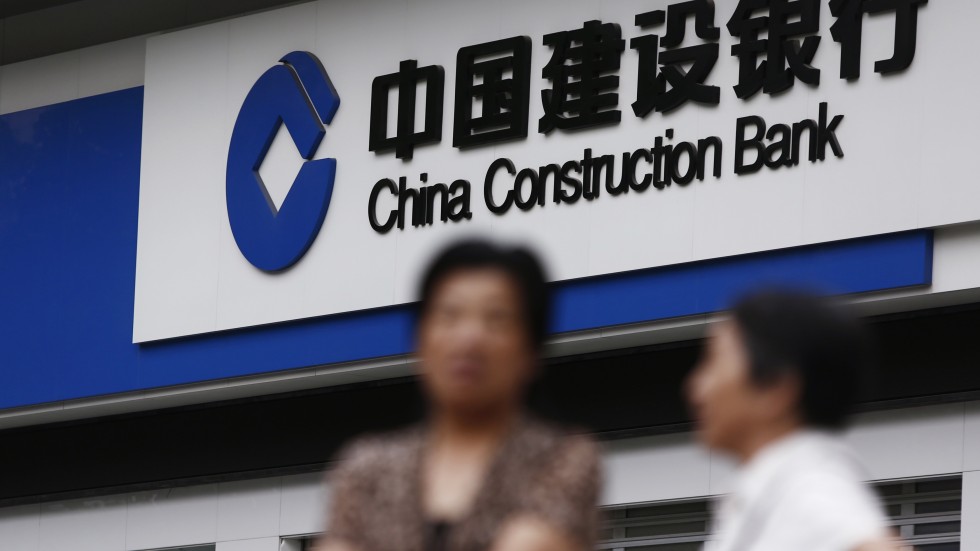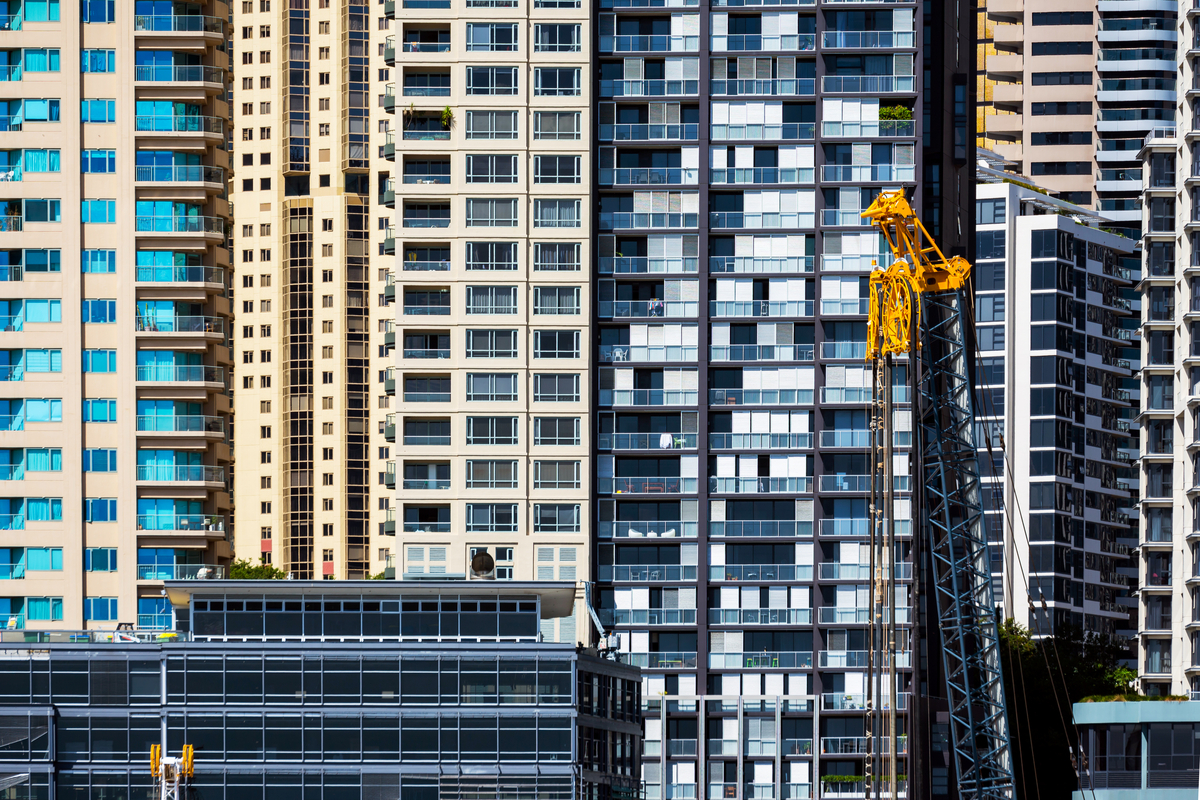Are China’s Curbs on Outbound Investment an Opportunity for Australian Developers?
Contributed by Andrew Hogan.
In the financial year 2016, the Foreign Investment Review Board reported Chinese investment in Australian real estate was $32 billion, a staggering 400 per cent more than the next country on the list, the US.
That same year, Chinese developers bought 38 per cent of the residential property development sites sold, spending $2.4 billion, according to a Knight Frank report.
There has been a significant shift from the huge level of Chinese investment activity which played out in 2016 to what we are currently experiencing – Chinese investment in foreign real estate hit its lowest levels in four years in the third quarter 2017. The dramatic effect on the market provides a window of opportunity for local developers.
[Related reading: Buyers Emerge for Wanda's $6bn Project Portfolio]

Last year, Beijing announced new laws recently restricting outbound company investment into real estate, hotels, entertainment and sporting clubs while encouraging international investment towards mining, resources, agriculture and new technologies.
Coupled with the Common Reporting Standard where tax information is now shared between countries, including Australia and China, this change amplifies lines of control that the Chinese government has on Chinese developers’ activities abroad.
Without a doubt, this restriction on Chinese international investment into foreign property will see a change in market dynamics in Australia.
[Related reading: Chinese Government Restrictions Allows Sydney Developer to Swoop in Pymble]

We are now seeing a reduced amount of Chinese capital in the market, less competition from overseas for site transactions leading to less upward pressure on site values. These fluctuations, together with the recent 50 per cent foreign purchaser cap, is likely to improve the competitive positioning of local developers.
As Chinese banks also fall into line with the new restrictions, Chinese developers will increasingly need Australian construction debt finance. Australian debt works on strict metrics, which, together with other feasibility metrics, set land prices. Now that Chinese developers have a greater requirement for local debt, they will need to increasingly meet local debt metrics, including paying the same amount for a site, as local developers.
This will help level the playing field between local and Chinese developers by creating improved opportunity, and, consequentially increasing the relative buying power of Australian developers.
As a consequence of China’s mandate, there is a real nervousness in some parts of the market; it’s created another wave of uncertainty here in Australia.
[Related reading: Chinese Investment Plunges 51% But Remains Ambitious in Australia]

We are currently working with Chinese developers to work through these issues, with many considering the option to sell their sites in private off-market transactions, so they don’t raise any concerns in Beijing.
While it has become increasingly difficult for Chinese-based companies to invest into Australian property, it is too early to forecast how far the tide will go out. We believe the tide won’t be out for long as Chinese developers absorb this change and find alternative ways to deploy their capital into Australia. This brings a small window of opportunity for local developers to buy quality sites at more reasonable prices.
What we are seeing is less upward pressure on the valuation of sites and vendor expectations which may, therefore, become more realistic. There has also been an increase in off-market transactions as Chinese developers decide to offload sites, which means some good quality sites re-entering the market – in short, local developers will be able to buy sites at more affordable prices than we have been witnessing previously.
For apartment purchasers, overseas developers tend to focus on city-based mega-towers so this change, together with banking restrictions on debt to overseas purchasers will see a decline in the number of large-scale towers. This drop in supply of high-rise product will tighten the availability of apartments at the lower end of the market which, when overlaid with very tight vacancy rates will put a floor under apartment prices. We are seeing tight vacancy rates, minimal settlement defaults and rental growth across Sydney and Melbourne which indicates healthy apartment markets.

There has been a translational shift toward owner occupier apartment developments, which are traditionally developed by local developers. These projects are a more premium offering with prices aligned to median house prices in each sub-market. With clearance rates in Melbourne and Sydney in their high 60s and low 70s, we expect median house prices and owner-occupier apartments to experience single-digit growth into the first half of 2018.
This state of play sits in vast contradiction to all the “fake news” about apartment oversupply. We have said for some time that with a vacancy rate of less than 2 per cent across Melbourne and Sydney - our apartments are full. The changes to Chinese wholesale investment into Australia and the unexpected surge in population growth will no doubt soon create more headlines, only this time they will be talking about an undersupply and housing affordability.
[Related reading: Melbourne's Apartment Market Forecast Not So Bleak]
Australia’s property market has changed dramatically over the last two years. Changes that have affected the market include bank restrictions on overseas purchasers, the federal government’s cap on overseas sales, stamp duty changes in Victoria and China’s curbs on outbound capital. The confluence of these events has created a limited opening for local developers to acquire quality sites at reasonable prices for a strong owner occupier led housing market.

Andrew Hogan is the Managing Director of Point Polaris, a property advisory firm that specialises in delivering projects end to end and currently manages over $1.8bn in projects.
The Urban Developer will occasionally publish opinion pieces written by outside contributors representing a wide range of viewpoints.














